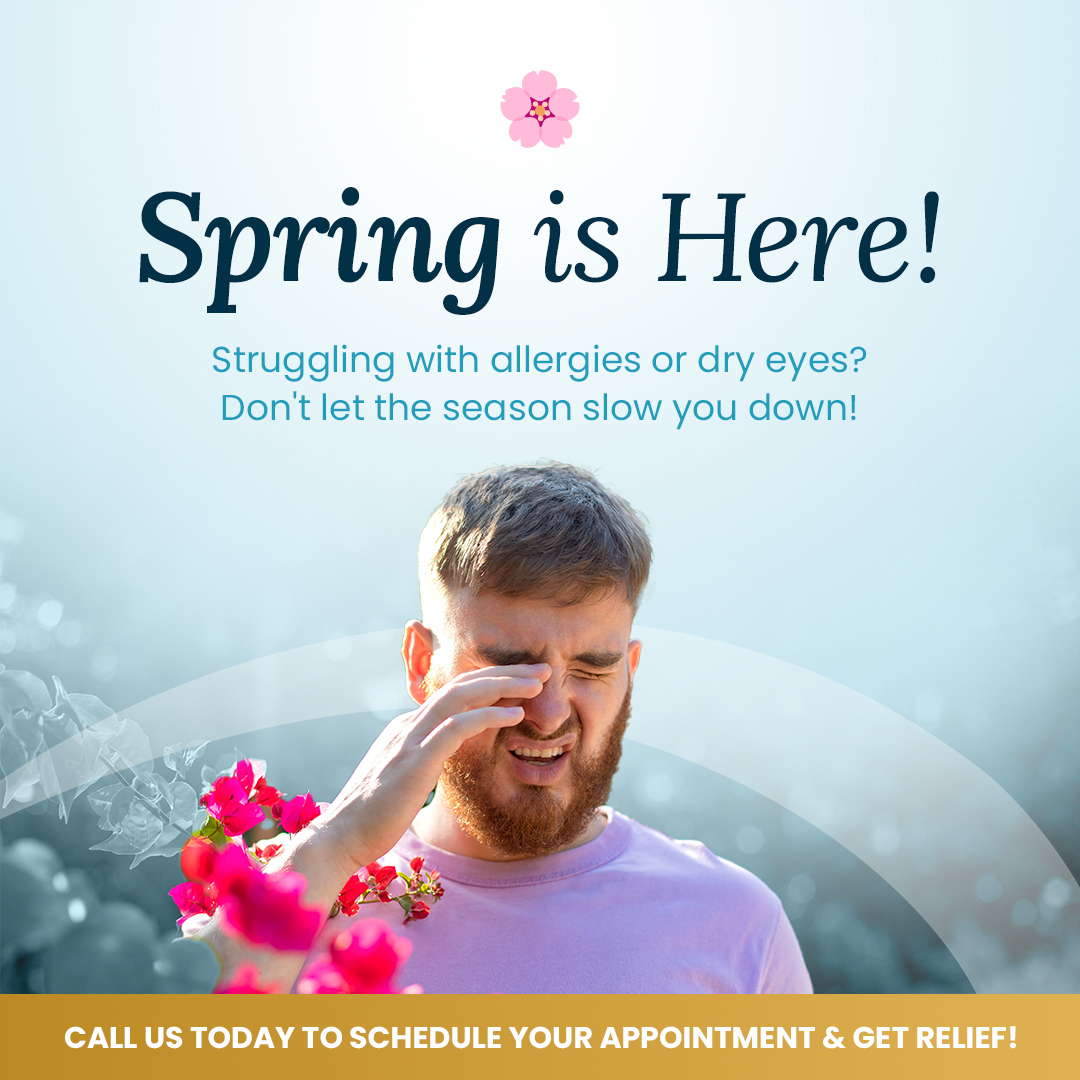
Dry eyes occur when your eyes don't produce enough tears or the tears evaporate too quickly. This can lead to discomfort, irritation, and even vision problems. The causes of dry eyes can vary, from aging and certain medical conditions to environmental factors and lifestyle habits.
As you get older, your tear production naturally decreases, making you more susceptible to dry eyes. Certain medical conditions, such as Sjögren's syndrome, rheumatoid arthritis, and diabetes, can also contribute to the development of dry eyes. Additionally, factors like prolonged screen time, wearing contact lenses, meibomian gland dysfunciton, blepharitis, and living in a dry or windy climate can exacerbate the problem.
How Does Summer Heat Impact Dry Eyes?
The summer heat can be particularly challenging for individuals with dry eyes. The combination of higher temperatures, increased air conditioning usage, and prolonged exposure to the sun can all contribute to the worsening of dry eye symptoms.
During the summer, the air tends to be drier, which can cause tears to evaporate more quickly. The increased use of air conditioning, both at home and in the workplace, further dries out the air, leading to increased evaporation of the tear film. Additionally, spending more time outdoors in the sun can expose your eyes to harsh UV rays, which can irritate and dry out the eyes.
Common Symptoms of Dry Eyes in the Summer
If you have dry eyes, you may experience a range of unpleasant symptoms during the summer months. These can include:
- Burning or stinging sensation in the eyes
- Redness and irritation
- Feeling of grittiness or a foreign object in the eye
- Blurred vision
- Excessive tearing
- Sensitivity to light and wind
- Difficulty wearing contact lenses
These symptoms can range in severity and may worsen as the day progresses, especially if you spend a lot of time outdoors or in air-conditioned environments.
Prevention Tips for Dry Eyes During Summer
There are several steps you can take to help alleviate and prevent dry eye symptoms during the summer:
1. Increase Hydration: Drink plenty of water throughout the day to keep your body and eyes hydrated.
2. Use Lubricating Eye Drops: Incorporate preservative-free eye drops or gels into your daily routine to help replenish the tear film and soothe dry eyes.
3. Limit Screen Time: Take regular breaks from digital devices, computers, and phones to reduce eye strain and dryness.
4. Wear Sunglasses: Protect your eyes from the sun's glare and UV rays by wearing wraparound sunglasses when outdoors.
5. Adjust Air Conditioning: Keep the temperature and humidity in your home and workplace at comfortable levels to minimize the drying effects of air conditioning.
6. Use a Humidifier: Run a humidifier to add moisture to the air, especially in dry, air-conditioned environments.
7. Blink Frequently: Make a conscious effort to blink more often, as this helps spread tears across the surface of your eyes.
8. Consider Omega-3 Supplements: Omega-3 fatty acids can help reduce inflammation and improve tear production, which may alleviate dry eye symptoms.
How IPL Treatment Soothes Dry Eyes
If your dry eye symptoms persist or worsen despite these preventive measures, you may benefit from a specialized treatment called Intense Pulsed Light (IPL) therapy. IPL is a non-invasive, in-office procedure that uses controlled pulses of light to target the underlying causes of dry eyes.
During an IPL treatment, the targeted light energy is applied to the skin around the eyes, including the eyelids and the meibomian glands. This light energy helps to:
- Unblock Meibomian Glands: The heat from the IPL treatment helps to liquefy and clear the blockages in the meibomian glands, allowing them to produce a healthier tear film.
- Reduce Inflammation: IPL can help reduce inflammation in the eyelids and surrounding tissues, which can further improve tear production and quality.
- Stimulate Tear Production: The treatment can stimulate the production of natural tears, improving the overall health and function of the tear film.
By addressing the root causes of dry eyes, IPL therapy can provide long-lasting relief from dry eye symptoms, even during the challenging summer months.
Get Started with Inland Family Optometry Today
Dry eyes can be a persistent and frustrating condition, but with the right approach, you can manage your symptoms and find relief, even during the hot and dry summer months. By understanding the impact of summer heat, implementing preventive measures, and exploring treatments like IPL, you can keep your eyes healthy and comfortable throughout the year.
If you're struggling with dry eyes this summer, schedule a consultation with Inland Family Optometry. We can assess your condition and develop a personalized treatment plan to help you find lasting relief. Visit our office in Chino, California, or call (909) 345-9809 to book an appointment today.













